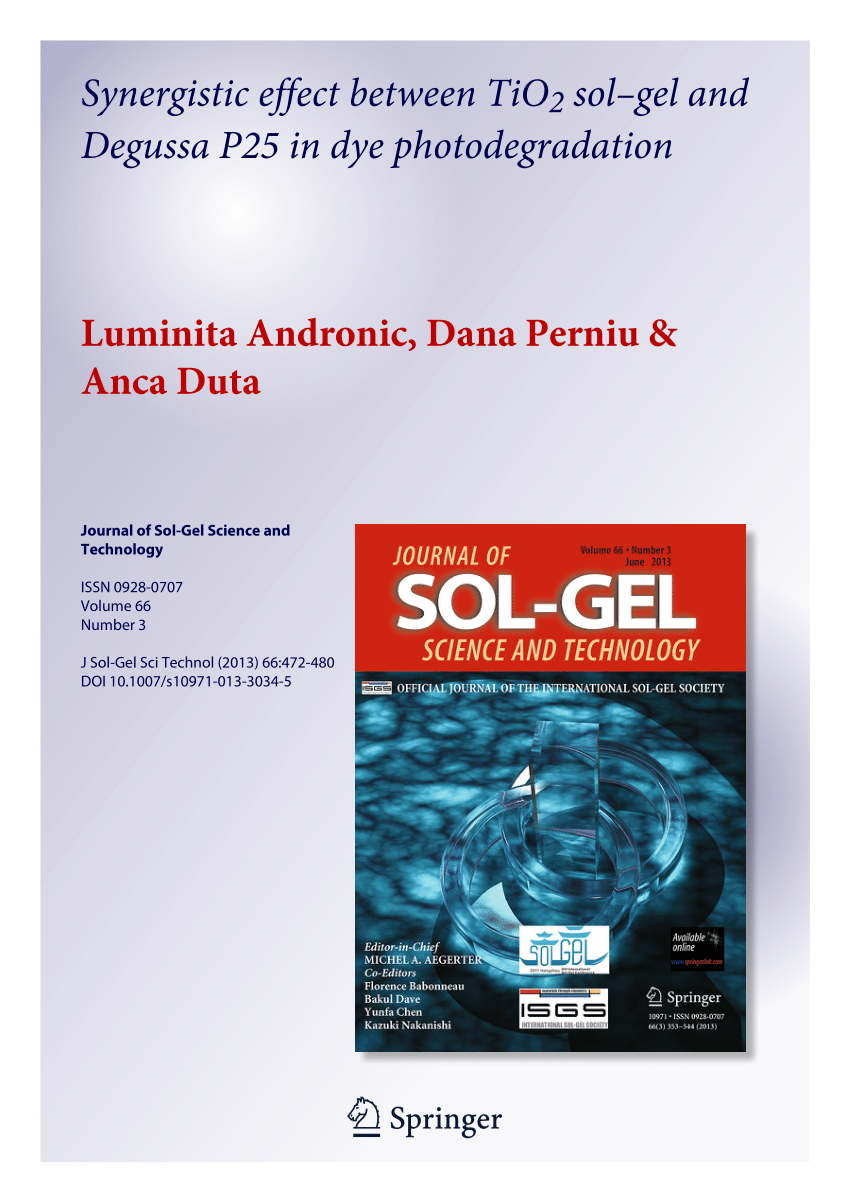Sol-gel coating prepared using pH-responsive hollow porous organosilica nanocontainers encapsulating 2-mercaptobenzothiazole for enhanced corrosion resistance of aluminum alloy
Abstract
The design of hollow porous organosilica nanocontainers (HPON) loaded with corrosion inhibitors offers innovative strategies to enhance the anticorrosive capabilities of sol-gel-derived anticorrosion coatings. In this study, intelligent pH-responsive nanocontainers, termed MBT@HPON, were fabricated using a selective silica etching method, followed by the encapsulation of 2-mercaptobenzothiazole (MBT) through π-π stacking interactions with the organosilica framework. The release kinetics of MBT from the nanocontainers demonstrated that acidic environments reduced the π-π stacking interaction, thereby imparting an acid-responsive release characteristic to the nanocontainers. The total release of MBT reached 69.6% within 24 h at pH = 3, compared to only 14.6% at pH = 7. These nanocontainers were embedded into a silica nanoparticle/methyltrimethoxysilane composite sol-gel coating, creating an intelligent coating system with active and enhanced corrosion protection on 1060 aluminum alloy. Electrochemical impedance spectroscopy analysis indicated that a 0.5 wt% doping content of MBT@HPON exhibited significantly improved electrochemical impedance for the sol-gel coating, with |Z | f=0.01Hz exceeding 4 × 107 Ω·cm2 after 28 d of 3.5 wt% NaCl solution immersion, significantly higher than the pure composite coating. This superior anticorrosive performance can be attributed to the outstanding compatibility between the organosilica shell and the MTMS/silica-based sol-gel coating, along with the active corrosion inhibition from the release of MBT. This work offers valuable insights into the simple construction of sol-gel coatings with enhanced corrosion resistance based on hollow porous organosilica nanocontainers.
Graphical Abstract


 求助内容:
求助内容: 应助结果提醒方式:
应助结果提醒方式:


